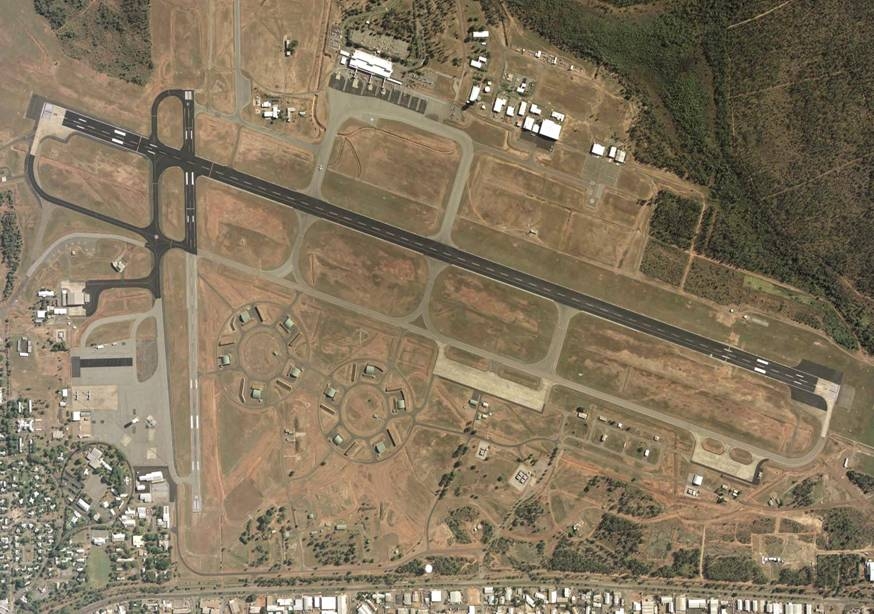Key enablers form a central component of building and supporting the capabilities of the ADF – as potential adversaries continue to invest in similar systems, infrastructure and capability enhancements, Australia’s adoption and investment in critical platforms, personnel and infrastructure is essential to ensuring continued technological supremacy.
To continue reading the rest of this article, please log in.
Create free account to get unlimited news articles and more!
Following the release of the 2016 Defence White Paper (DWP) and the supporting Integrated Investment Plan – which was designed to guide the unprecedented period of modernisation, recapitalisation investment for the future force – key enablers were recognised by the government as essential to ensuring that the next-generation platforms and capabilities would transform the ADF into an integrated, 'joint force' of the 21st century.
Enabling these capabilities includes an investment in personnel, critical infrastructure – such as bases, training ranges, wharves and airfields – information and communications technology, logistics, science and technology, and health services as well as force design, strategic and international policy functions.
These enablers include reliable access to essential facilities such as military bases, wharves, port facilities, airbases, training ranges and fuel and explosive ordnance infrastructure, and underpins the Australian Defence Force’s ability to conduct and sustain operations in Australia and into the region. The government's plan will implement a range of Defence infrastructure initiatives over the next decade to support future ADF operations, including:
- Royal Australian Air Force Bases: Williamtown, NSW; Edinburgh, South Australia; Tindal and Darwin, Northern Territory; Curtin, Learmonth, and Pearce, Western Australia; and Townsville and Scherger, Queensland - are set to be modernised, while new facilities at RAAF bases Tindal and Edinburgh will support the introduction of the MQ‐4C Triton and the airfield at Cocos Islands will be upgraded to support the new P‐8A Poseidon maritime surveillance and response aircraft.
- Royal Australian Navy Bases: HMAS Stirling and Fleet Base East (Garden Island) in NSW will be upgraded as part of the significant regeneration of the Royal Australian Navy. Garden Island will be upgraded to enable it to continue to support an expanded fleet and accommodate larger platforms such as the Canberra Class amphibious ships and Hobart Class air warfare destroyers, while HMAS Coonawarra in the NT will also be upgraded in the short to medium term to enhance its operational effectiveness.
- ISR and space-based infrastructure: Space situational awareness will be enhanced through upgrades at Harold E. Holt Communications Facility, Exmouth, WA. Meanwhile, the Jindalee Operational Radar Network facilities in northern Australia and the communications facility at HMAS Harman in the ACT will be upgraded.
- Australian Army Bases: Army bases such as Lavarack Barracks, Queensland; Holsworthy Barracks in NSW; Campbell Barracks in WA; and Robertson and Larrakeyah Barracks in the NT will be upgraded to support Army capability and operations.
- Joint Training Areas: Including the Shoalwater Bay amphibious training area, NT; Cultana Training Area, SA; Yampi Sound Training Area, WA; and Puckapunyal Military Area, Victoria will be upgraded to support ADF capability requirements and increased training with international partners.
- Weapons Testing and Training ranges: Woomera training and testing range in SA will be upgraded to meet increasing ADF demands and greater co-operation with the US and other security partners.
Each of these individual investments, which are expected to account for about 25 per cent of Defence capital expenditure to 2025-26, serve as key capability development and enhancers. The government has also committed to an additional $5 billion in funding to support the modernisation of Defence's information and communications technology architecture that supports warfighting, security and communications.
This includes priorities, such as:
- Enhancing support to operations;
- Stabilising Defence’s information and communications technology core; and
- Delivering a rationalised, secure, contemporary information and communications technology environment – focused on delivering improved connectivity with allies and partners, supporting more effective coalition operations.
Building on this, simulators, including an enhanced enterprise simulation capability, training platforms, training ranges and testing facilities, will also be upgraded to support the new and larger fleets of platforms and new weapons systems being acquired as part of the government’s capability plans, while including a focus on supporting increased health services to support broader ADF deployments, training and exercises.
The nation is defined by its relationship with the region, with access to the growing economies and to strategic sea-lines-of-communication supporting over 90 per cent of global trade, a result of the cost effective and reliable nature of sea transport. Indo-Pacific Asia is at the epicentre of the global maritime trade, with about US$5 trillion worth of trade flowing through the South China Sea and the strategic waterways and choke points of south-east Asia annually.
Traditionally, Australia has focused on a platform-for-platform acquisition program – focused on replacing, modernising or upgrading key capabilities on a like-for-like basis without a guiding policy, doctrine or strategy, limiting the overall effectiveness, survivability and capability of the ADF – however this focus on typically 'pointy' capabilities neglects the supporting infrastructure, capabilities and technological developments needed to support an integrated 'joint force' ADF.
Let us know your thoughts in the comments section below, or get in touch with

 Login
Login







